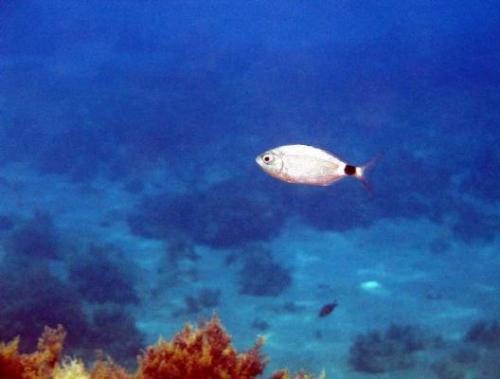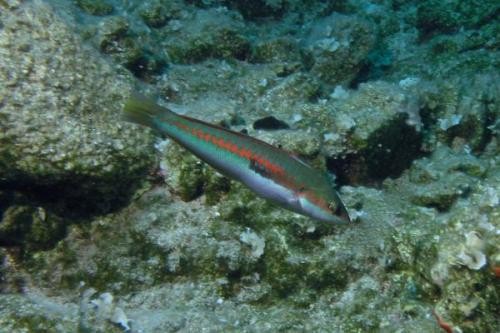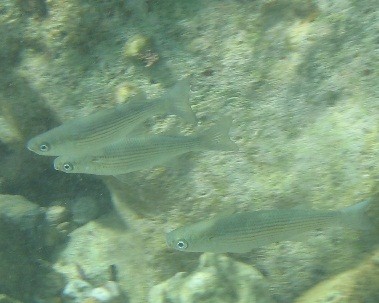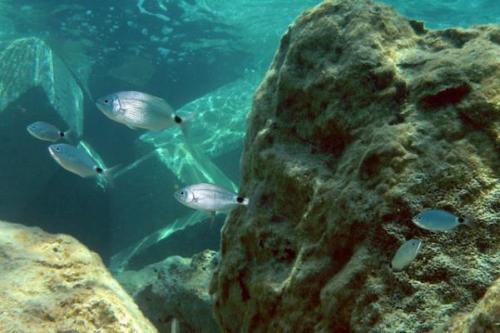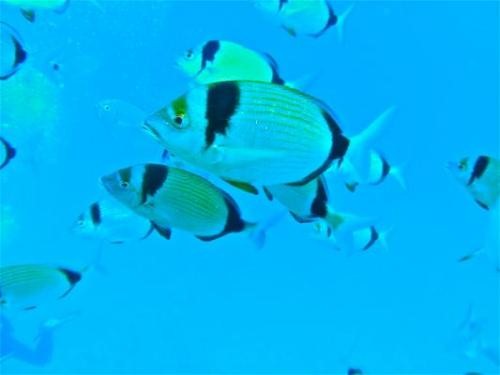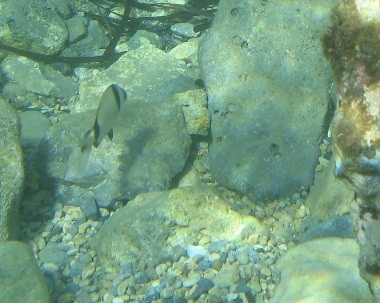Photo guide for taking underwater pictures
|
Very useful |
Less useful |
Color On the left photo the colors are clear and correspond to the natural colors of the fish. On the right photo, the color and color patterns are not easily visible. |
|
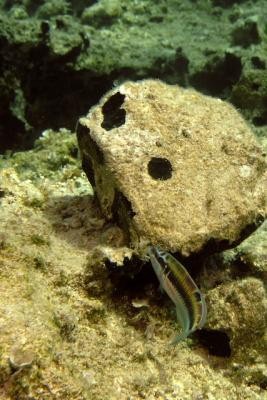
|
|
Flashlight On the left photo the flashlight improves the colors and contrast of the picture. On the right the patters of the fish are not visible due to high reflection. |
|
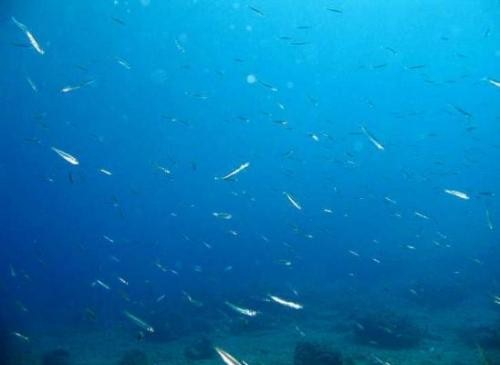
|
Movement of fish The fish on the left did not move while taking the picture. The fish on the right did. |
|
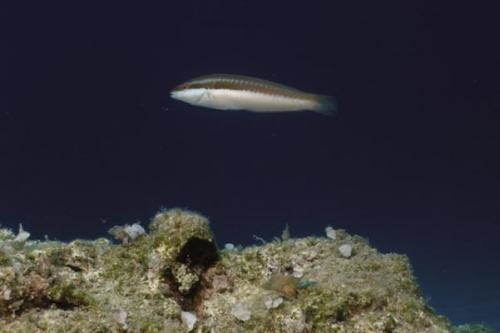
|
|
Distance The picture on the left is taken close to the fish. The fish fill up the frame. The fish in the right picture are small and hard to identify |
|
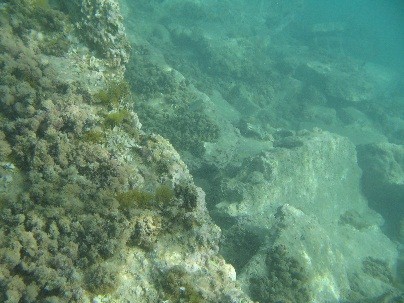
|
Particles in the water The water in the left picture is clean and you can see in a great distance. The right picture is taken while there where a lot of particles in the water |
|
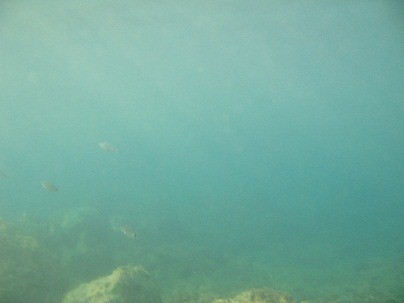
|
Angle The picture on the left is taken from the side of the subject. The fish is easily to identify. When taken from a wrong angle as in the right picture identification is less easy. |
|
|
When you are diving or snorkeling and you want to take pictures from the comber database please take the time to read the following. There are some very simple factors that can influence the quality of the pictures drastically and, when not taken in consideration nullify them for identification purpose. In all occasions, it is recommended to make more than one picture of the subject you want to capture. Later the best of the series can be chosen.
'If your camera has an "underwater mode", try to use it, it will improve the colours of your pictures!
Do & Don't
Color
Color is an important element in identification but the water can negate the colors, especially red. When the pictures become to blue-ish you can change the camera settings (e.g. underwater mode), use flashlight, or try to get closer.
Flashlight
Flashlight gives color to your pictures but make sure you to use a flashlight diffuser (often simply a white plastic shield
Movement of fish
Fish tend to move fast when approached. When taking a picture, be patient and wait for the fish to be calm.
Distance
Try to approach the subject as close as 2/3 ft. The further away the more details and color you lose. Do not zoom. The camera will need a longer exposure time and your pictures will get blurred due to the movement of the fish
Bad view
When waves, fish or you self, whirl up sand form the seafloor or there is too much air in the water wait for the particles to settle. When you are afraid to lose your subject in the "dust", just take the picture- maybe there's still something useful to see.
Angle
When shooting for identification purpose try to capture the fish from the side. Identification is easiest on the basis of shape and colors form the side
Checklist
- Fish color
- Clear water
- Calm fish
- Avoid using flashlight
- Angle of fish (from the side)
- Approach as close as possible
- Set camera to underwater mode
- No reflection from flashlight
Have fun!
Compiled by Simen Blokland, 2013


